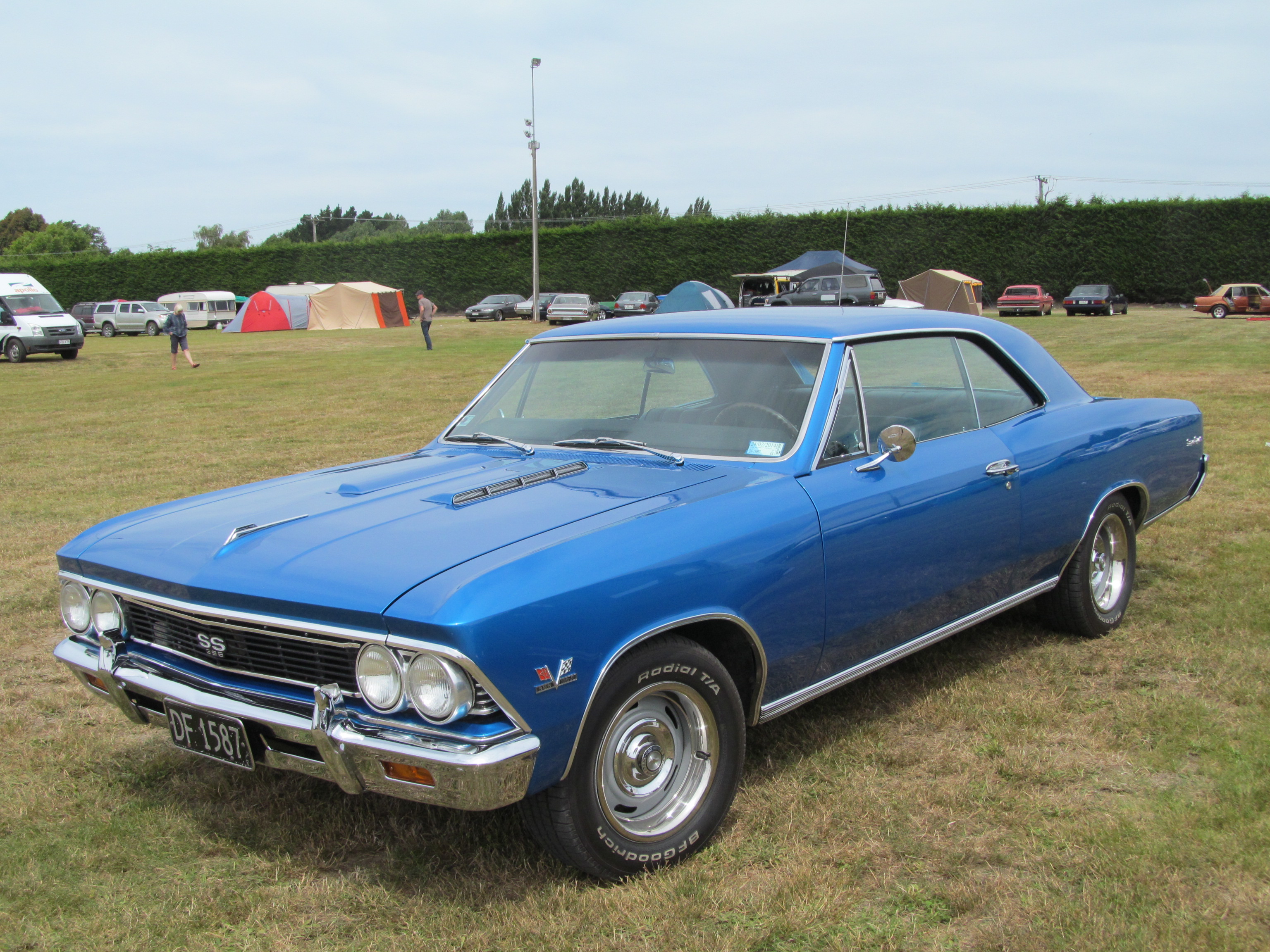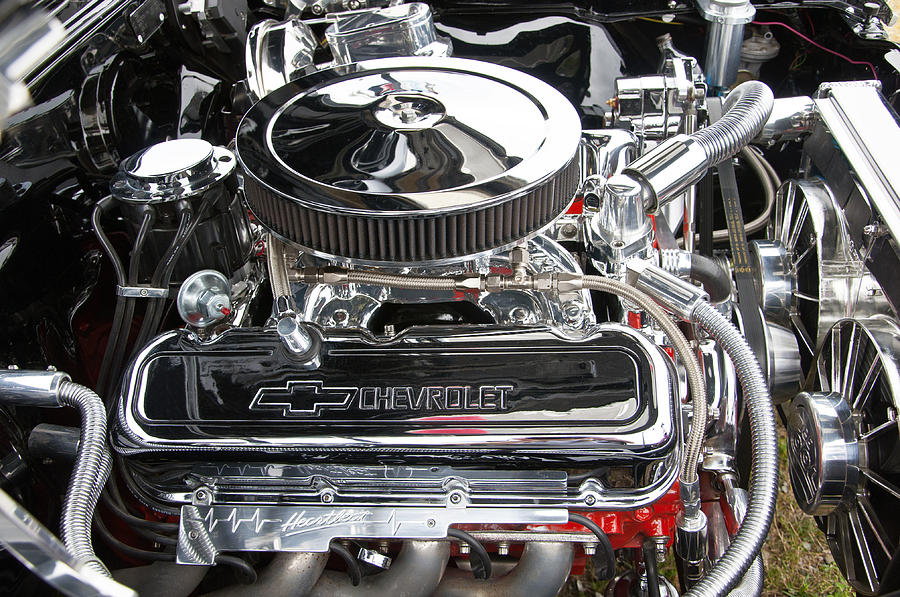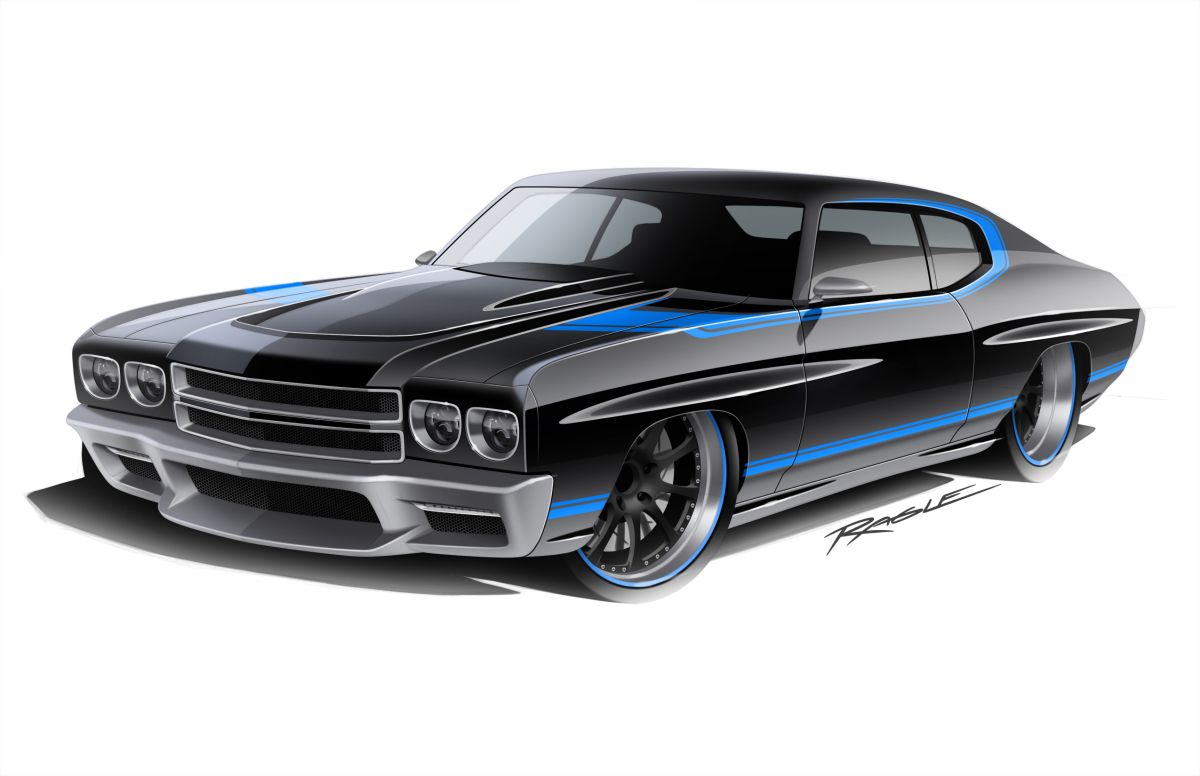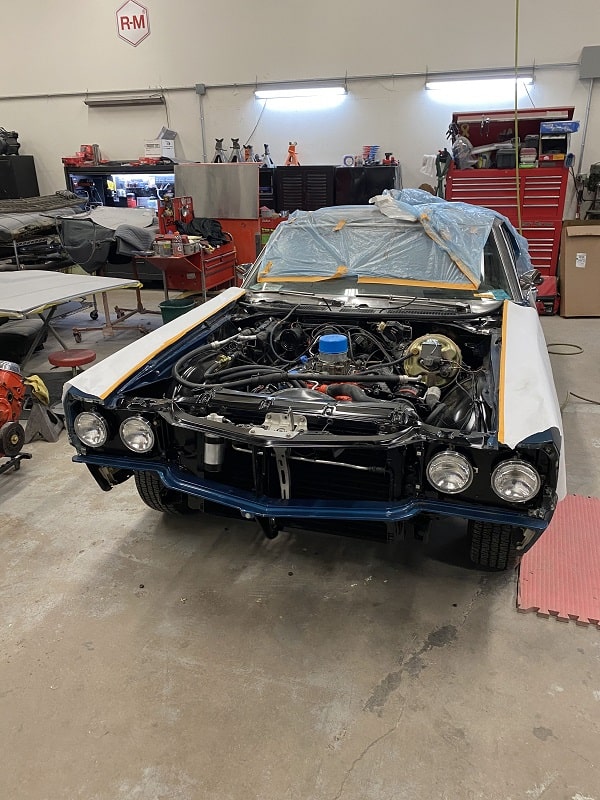In the mesmerizing realm of classic American muscle cars, few models strike as big a chord as the Chevrolet Chevelle SS. This powerhouse hit the streets in the 60s and 70s, fusing undiluted power with an undeniable charisma. Each rev of the engine doesn’t just hint at its strength—it roars out a full disclosure. Let’s hit the gas and journey through time and technology to dissect the riveting characteristics that propel the Chevelle SS into the pantheon of automotive legends.
Table of Contents
A Brief History of the Chevrolet Chevelle SS

When discussing muscle cars, Chevrolet came up with the big guns – none bigger than the Chevrolet Chevelle SS. Introduced in 1964, the Chevelle was Chevy’s answer to rival cars like the Ford Fairlane and the Dodge Dart. SS, meaning “Super Sport”, represented the high-performance range of the Chevelle line. Models labeled with the SS badging came with the promise of power, performance, and panache.
In 1966, the Chevelle SS came into its own with the recognition of the SS 396 as a model in its own right. This beast of a car was propelled by the 396-cubic inch V8 engine, hence the 396 moniker. The base engine put out a potent 325 horsepower, but those looking for real street-cred would opt for the optional L78 engine upgrade, which cranked out a whopping 375 horsepower.
After a design overhaul in 1970, the Chevelle was now available with the LS6 454 V8, Chevrolet’s largest and most powerful engine. This led to the creation of the Chevelle SS 454, a machine that is revered in muscle car circles for the raw power it promised – a monstrous 450 horsepower. This made the 1970 Chevelle SS 454 the most powerful muscle car Chevrolet had ever produced, a title it retains to this day.
The 1970s signaled an end to the muscle car era with tightening emissions regulations and rocketing insurance costs. In response, the Chevelle SS began a slow process of downsizing. By 1973, the SS package was dropped and replaced by the ‘Laguna’ type, thus marking an end to the manufacturing of the Chevelle SS.
The Chevrolet Chevelle SS truly epitomizes the raw power and machismo that characterized the American muscle car era. Over the years, this magnificent vehicle left an indelible mark in the annals of automotive history, a legacy as sturdy as the iron of its engine block. Whether it’s the 375 horsepower SS 396 or the titanic SS 454, there’s no denying this automotive icon’s contribution in paving the path for the performance cars we admire today.
Performance and Power

The Chevrolet Chevelle SS isn’t just about unmatched design and playful refinements; front-and-center, it’s about earth-shaking, adrenaline-rushing performance and power. Prodding beyond the superficial allure of its aesthetics, the exacting attributes of this beast lie under the hood. Its powerful heart throbs with a rhythm and zeal that resonates within every car enthusiast, a language only understood by those who seek the pure euphoria of raw power.
The Chevelle SS flagship models were blessed with variations of the iconic Big Block engine, which held a status akin to a local heavyweight champion, ready to throw down gloves anywhere, anytime. Pumping out copious horsepower and vigorous torque, these engines were the catalysts turning ordinary cruises into exhilarating joyrides.
The 454 cubic inch, 7.4-liter V8 was particularly renowned as an archetype of brute strength. Contemporary competitors often found themselves left trailing in the Chevelle’s dust due to its extraordinary torque output, synonymous with raw throaty power. Yet, the power did not go unchecked, space-age mechanical engineering married the exuberant power with a mastery of control. Power without control is futile, and with the Chevelle SS, Chevrolet mastered this dichotomy with aplomb.
In terms of transmissions, the Chevelle SS offered a range of options, including the much-acclaimed Muncie four-speed manual. When mated to the big-block engines, this combination of powertrain components flirted with perfections border, delivering an amplified driving thrill.
Equally enchanting was the Chevelle SS’s stratospheric prowess. Its precisely tuned suspension system, complemented by robust rear axles, laid the groundwork for unrivaled traction and stability, thus enabling the SS to exploit the abundance of horsepower to the fullest. It performed excellently on the straight-line drag, but also possessed the agility to conquer the corners, never faltering in showing its dynamic dexterity.
Undeniably, when it came to performance and power, the Chevrolet Chevelle SS was a true dynamo. It stood among the ranks of the pure-blooded muscle cars yet managed to carve out its distinct stature. Aggressive, audacious, and indisputably dominant, it was the epitome of assertive American spirit that throbbed with an unmatched zeal every time the ignition key was turned – a testament to a time when raw, undiluted power ruled the roads.
Styling and Design

The Chevrolet Chevelle SS, with its assertive, masculine contours and ornamentation, screams Americana muscle, an iconic figure in the golden years of Detroit manufacturing. The SS model in particular, launched in 1964, flexed an aesthetic of intimidation and power, capturing a spirit of rebellion and excitement that few cars of its time did.
Archetypical of the muscle car design ethos, its long, powerful hood and short rear deck gave it an aggressive, ready-to-pounce appearance; a vivid visual representation of the raw power under the hood. The prominent grille, flanked by headlamps set wide apart, became hallmarks of the SS design, reminiscent of a predator’s glare in the wild.
As you move down the line of the body, the Chevelle SS smoothly transitions from a rigid, box-like front end to a more sculpted, flowing rear, with muscular wheel arches housing immensely wide tires that hint at the car’s power. The sharply raked windscreen and slim pillars helped enhance outward visibility while contributing to the car’s sleek appearance.
Moving on to the posterior, the car presents a minimalist but strong design spectrum. A noticeable trend among muscle cars of the ’60s, the tail end of the Chevelle SS was simplistic but contained a character of its own. The unique taillight assemblies integrated smartly into the beautifully contoured rear panels, avoiding unnecessary ornamentation, and giving the Chevelle SS’s rear its distinct look.
The interior matched the exterior’s boldness with its own share of flamboyance. The spacious front bucket seats and rear bench provided ample space and comfort, while the stylish dashboard housed circular dials that delivered vital stats at a glance. It was a balance of functionality and panache, designed to make you feel in command while keeping you comfortable.
The entire design of the Chevelle SS, from bumper to bumper, is emblematic of a time when cars were not just modes of transport, but a representation of style and power. The ideal mixture of intimidating aesthetics and raw, unadulterated performance, made the Chevelle SS not just a car, but an emotion, a tangible, roaring beacon of the exhilarating decade that bred it. Timeworn yet timeless, the SS remains one of the most respected and iconic of American muscle cars, a testament to its remarkable design.
Innovations and Features

The Chevelle SS is not just about raw power or vintage charm. Deep within the heart of this classic American muscle car beats a suite of features and innovations, boldly underscoring its aspirational status within the automobile narrative.
Upon pressing the ignition button, you would not simply be ‘starting’ the car. You’re firing up a powerhouse. It all begins with the high-performance engine nestled under the hood. The Chevelle SS proudly touts the iconic big-block V8, which in some models, would offer up to 450 horsepower, an astronomical figure by the standards of the era. These engines came with Special High Performance packages, putting this machine in a league all of its own.
The model also boasts an M40 Turbo Hydramatic transmission, which was nothing less than revolutionary at the time. This three-speed automatic gearbox enhanced the vehicle’s speed and performance, giving drivers the freedom to control shifts with surgical precision. The F41 suspension helped the car handle better than many of its contemporaries, enabling drivers to push it to unfathomable limits while maintaining a relatively comfortable ride.
Beyond the engine and the oily parts, the Chevelle SS also came with unique aesthetic and luxury features. Bucket seats, special trimmed interiors, full round gauges stacked in the instrument panel, and that telltale SS badge encapsulated in a blacked-out grille – all these signaled to passers-by that this wasn’t any compact car, but rather a high-performance vehicle to be reckoned with.
But Chevrolet’s creativity wasn’t restricted to the physical dimension. The brand also introduced innovative marketing tactics to boost the appeal of the Chevelle SS. The most iconic – and contentious – of these was the “Rated HP” gimmick, where Chevy undervalued the power outputs of the SS engines to dodge surcharges from insurance companies. This was a fine move that ultimately made the Chevelle more affordable and appealing to the average American auto enthusiast.
It’s for all these features and innovations – the raw power, the unique aesthetics, and the clever marketing – that the Chevelle SS will forever remain a revered figure in American muscle car lore. Equally important, these elements are a testament to Chevrolet’s continued pursuit of superior automotive design and performance. An iconic reflection of its era, the Chevelle SS stands as a monument to the future-forward spirit of the 1960s and 70s.
FAQs
What drives the Chevrolet Chevelle SS’s unique dynamic characteristics?
Does this classic bruiser have modern comforts?
How does the Chevrolet Chevelle SS hold up in terms of reliability?
Conclusion
After an exciting ride, it’s clear the Chevrolet Chevelle SS delivers more than just nostalgia. It expertly combines the best of what made the muscle-car era great: raw power, extreme torque, and unadulterated fun, with modern features like improved handling and safety. This car isn’t just a trip down memory lane; it’s a high-octane dash forward, proving that classic Americana can hang with the high-tech present. Undeniably, the Chevelle SS is in a league of its own—an automotive titan that respects its roots while fiercely gripping the roads of the future.
